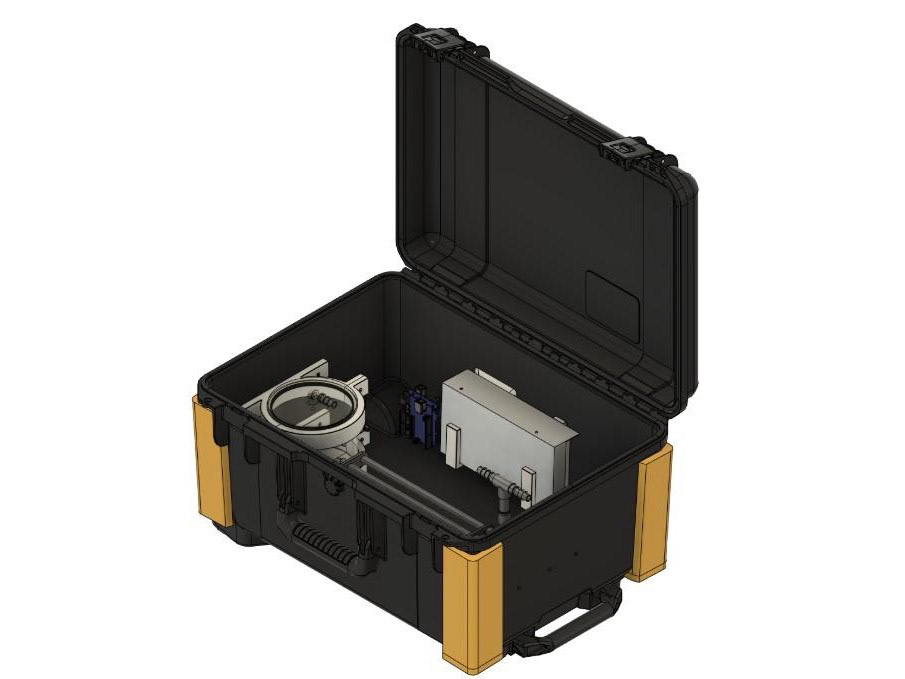
This project was one of the most rewarding experience of my undergrad. As part of MECH 393 - Biomechanical Product Development, I had the chance to work with an interdisciplinary team of engineering and occupational therapy students to develop an assistive writing device for the Limestone District School Board.
We were approached by the board's special education coordinator, who shared that, following de-streaming, students with fine motor and motor plannning impairments were struggling to engage in everyday classroom activities like writing, drawing, and painting. We set out to design a simple, adaptable solution that would restore independence and participation for these students.
Our process followed a Quality Function Deployment (QFD) approach, starting with in-depth interviews with staff and therapists to understand user needs. We reviewed existing solutions, many of which were expensive, difficult to use, or didn't accomodate students unable to grip. From there, we entered a fast-paced design cycle informed by stakeholder feedback and grounded in accessibility, safety, and ease of use.
Working closely with the OT students, I led the design and development of a low-cost, durable device. It featured 1-piece construction, broad utensil compatibility (5-20mm), multiple grip options, and the simplest utensil swap mechanism we could devise. We validated the design through DFMEA and FEA to ensure safety in use, and followed DFM principles to ease production scale-up.
This project reinforced what I value most in product design: creating elegant, human-centred solutions for real-world challenges. It also highlighted the benefits of cross-functional collaboration, blending clinical and technical insight to design for complex user needs.


